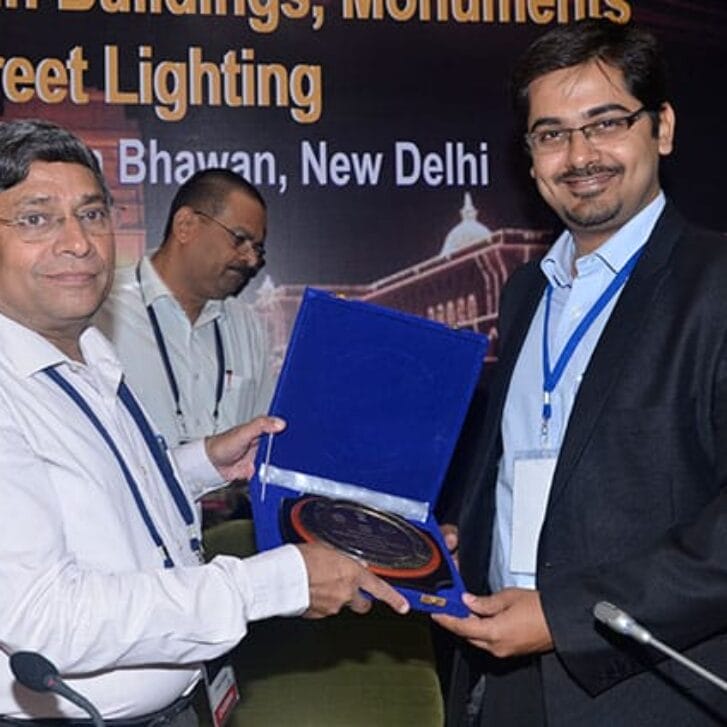Before 2014 was a month old, philanthropist Bill Gates announced, “By 2035, there will be almost no poor countries left in the world.” Writing in his annual letter, he added, “Poor countries are (not) doomed to stay poor. Incomes and other measures of human welfare are rising almost everywhere—including Africa.”
Less than three weeks after the appearance of Gates’ widely publicized letter, Wharton alum, Dr. Rajiv Shah, M’02, GRW’05, echoed the same theme. Speaking at the National Prayer Breakfast, Shah assured President Barack Obama and members of Congress, “We can end extreme poverty for the 1.1 billion people who live on a dollar-and-a-quarter a day.” Even former President Lyndon Johnson, in his 1964 legislation against the “hellish cycle of poverty,” never made such a bold, global statement.
Bill Gates and Rajiv Shah are not strangers to each other. Shah allied with Gates when he joined the Bill & Melinda Gates Foundation before moving into the government sector. Together, they held fast to the foundation’s mission to eradicate poverty in our lifetime.
Today, the 41 year-old Shah leads the U.S. Agency for International Development (USAID). With a yearly budget exceeding $40 billion, USAID and its 10,000 professionals are dedicated to wiping out poverty through their 80 worldwide outposts. To achieve their goal, Shah urged his Washington audience to engage in a team effort.
“Governments can’t do this by themselves. Businesses can’t do this alone,” he said. It’s achievable, but only if “all of us—from science, business, government, and faith—come together for the poor.”
“Without question,” a development professional told me. “[Shah would] also include any willing university on his team, certainly Penn and Wharton.”
Applying its marketing muscle to the problem, Wharton might start with a market segmentation study. To be sure, the extreme poor are all united in their common poverty. But poverty does not make them a homogeneous mass. They vary by race and gender, by whether they live in rural and urban areas, and by ethnicity and customs. Segmenting them according to their traits is the first step toward an efficient application of resources. Segmentation puts a face on the poor. And it leads to effective, personal solutions.
Each segment has its own problems. Through a problem-detection study, Wharton can help differentiate those issues that are most frequent from those that are most serious. Problems that are quantified as frequent and serious would earn top priority and win immediate attention.
Wharton trains its up-and-coming corporate leaders to generate value for stockholders. But Wharton must train them to generate value for the community. Through easily accessible online courses, Wharton can also train the poor who are eager to learn the techniques of small business planning and microfinance. Technology training is vital. Poverty-stricken mothers running a business have no access to a bank account, but they can be taught ways to transfer and accept funds through mobile phones.
With leaders like Gates and Shah throwing their financial and political power behind the “eradicate-extreme-poverty” movement, there is no better time than now to intensify poverty awareness within the Wharton curriculum. Wharton—indeed all America’s business schools—must join them to ensure America’s legacy as the world leader in humanitarian support.
Oh, and remember this: The fewer the poor, the greater the number of customers for business.


























